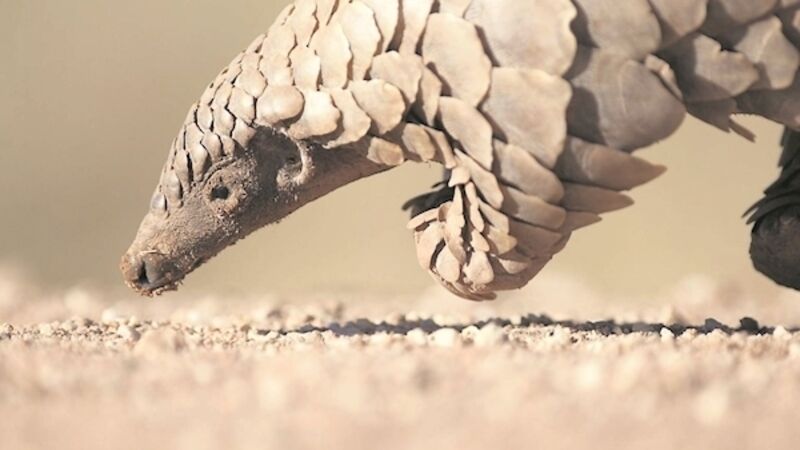Richard Collins: Pangolin is the fall guy for our killer pandemic

Has the world’s most trafficked wild animal taken revenge on its persecutors? The Chinese, it’s said, ‘eat everything with four legs, except the table, and anything with wings, except aeroplanes’. It’s not a fair comment; wild creatures were not eaten willy-nilly in China traditionally.
The eating of ‘bush meat’ is probably a legacy of the famines inflicted on the country during Mao’s Cultural Revolution.













